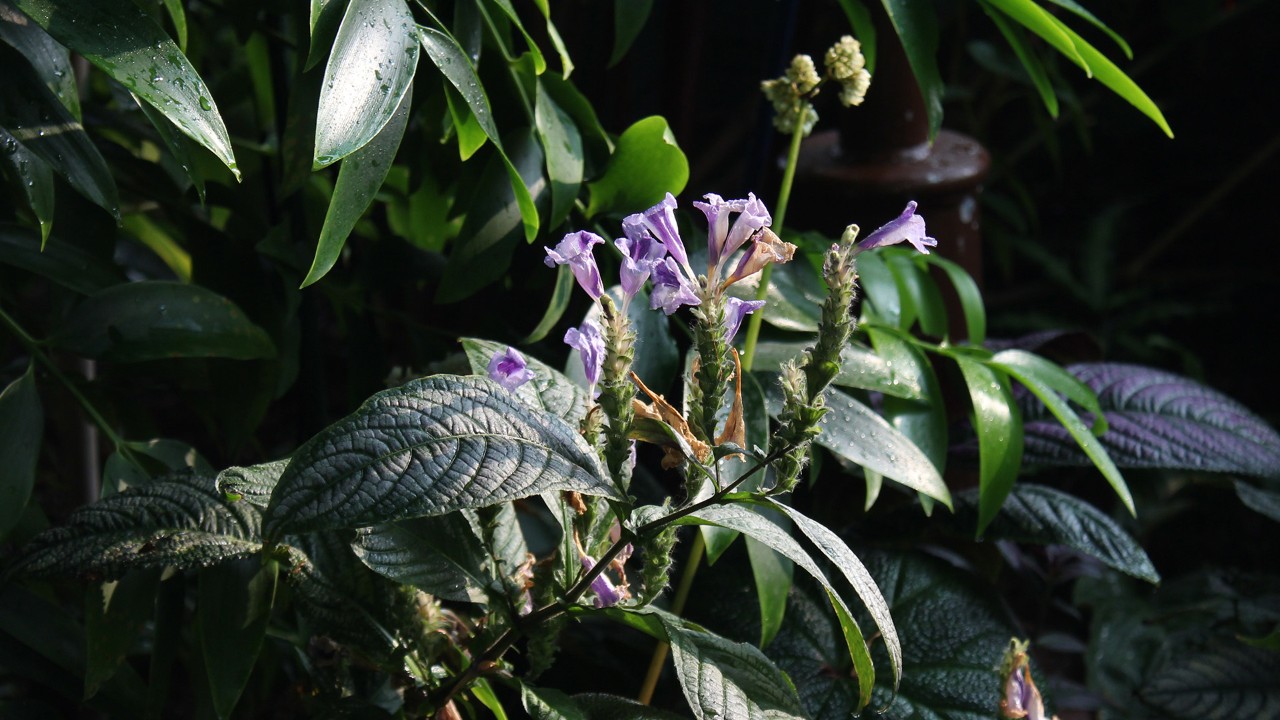
Acanthaceae is a family of about 2,500 tropical and a few temperate species, many of which possess flower spikes with showy, persistent bracts that subtend each flower. Examples of these inflorescences can be seen on the yellow-bracted lollipop plant (Pachystachys lutea) and the previously-featured Brazilian red cloak (Megaskepasma erythrochlamys) with its red-magenta bracts. Some others have minute bracts but prominent flowers, such as the Mexican petunia (Ruellia simplex), and the climbing clock vine (Thunbergia grandiflora).
The Persian shield, well-known for its metallic, iridescent purple foliage, is a member of this flamboyant and floriferous family but it begs the question: why have we yet to see any of its flowers?
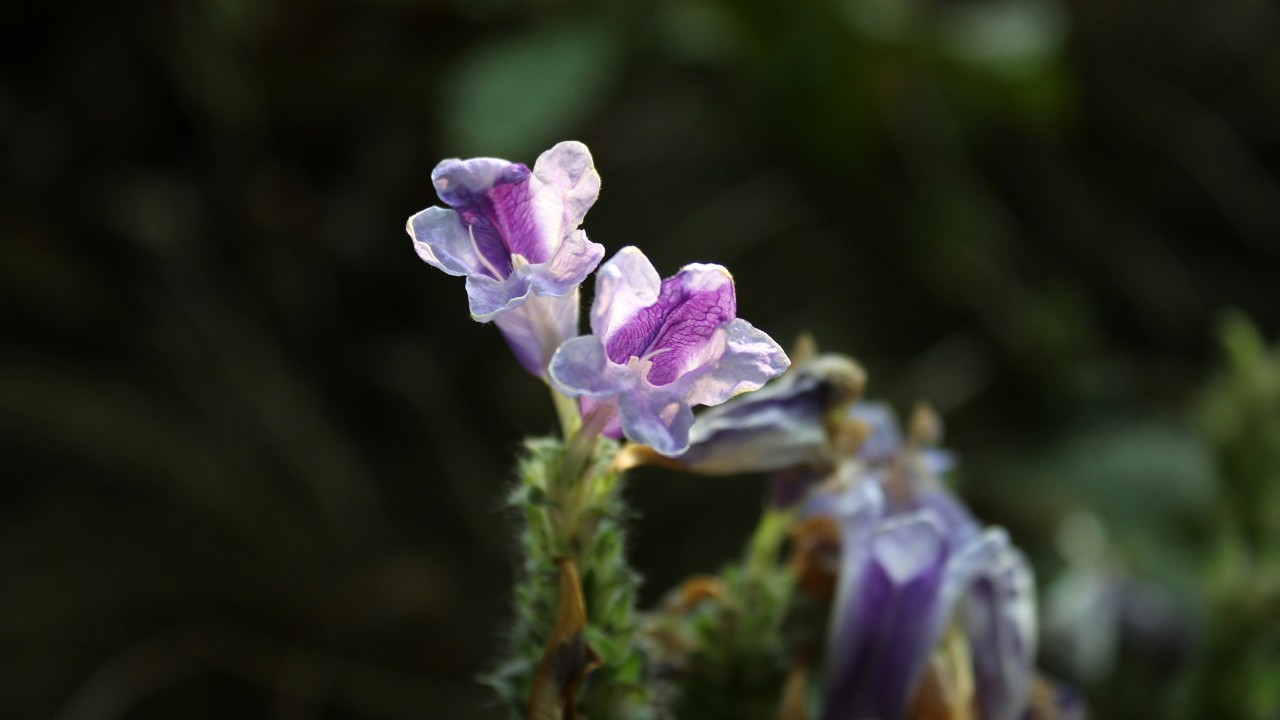 Close-up of the flowers of the Persian shield
Close-up of the flowers of the Persian shield
The Persian shield is native to the tropical and subtropical regions of Myanmar (previously known as Burma) and thrives best in warm, humid conditions. Often, the warmer the environment, the bushier this plant grows, often producing even more vibrantly purple leaves in the process!
Recently, we realised that the plants that we brought into the cooler climes of Cloud Forest for the Avatar: The Experience exhibition started flowering—definitely a first at Gardens by the Bay, and possibly Singapore as well. Our flowering plants have several long, nondescript inflorescences. The flowers are small and funnel-shaped in a shade of lavender with a dark purple patch on the inside of one of the petals. Two to five flowers can be seen on a single flower spike—each flower emerges from between short, green, overlapping, fuzz-covered bracts—with more likely to bloom sequentially.
The trigger for flowering in this species is not exactly understood. It has been observed that Persian shields grown in temperate countries tend to bloom during fall and winter, so a drop in temperature, a different photoperiod, or a combination of the two could be a contributing factor. This could also be a reason why we have never seen a flowering specimen outdoors in Singapore as these conditions were never really met until its introduction into Cloud Forest.
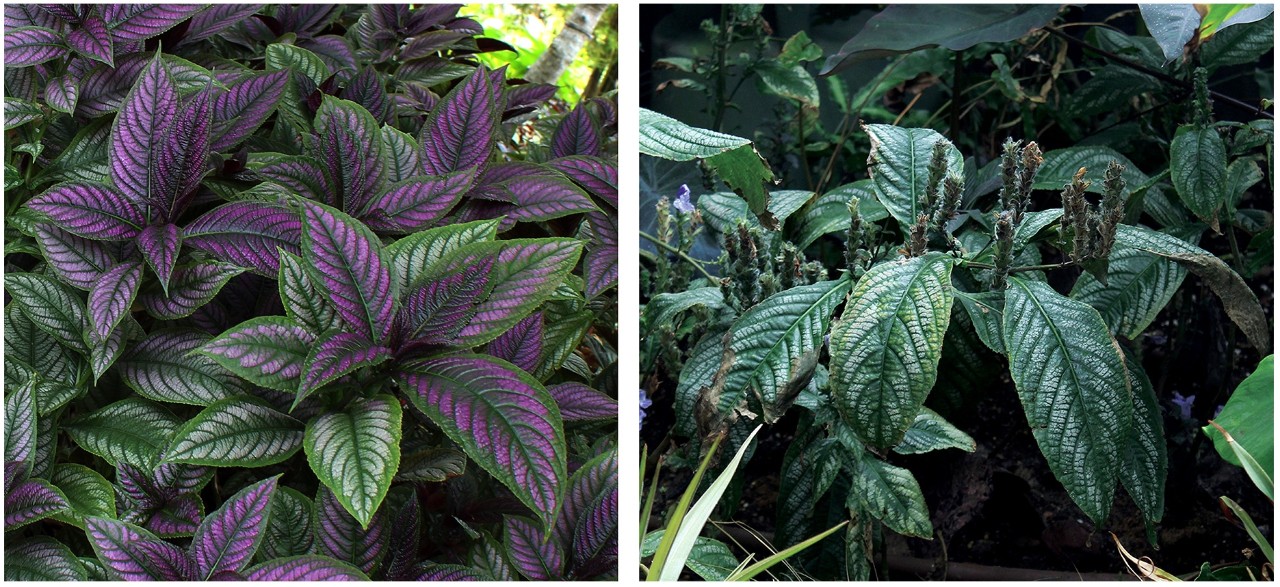 Compare the lush vibrant foliage on the Persian shield in the outdoor gardens (L) with the dull, washed-out leaves of the flowering specimens in Cloud Forest (R). Once in bloom, the plant loses vigour and form with all its energy redirected to the inflorescences borne on almost every node.
Compare the lush vibrant foliage on the Persian shield in the outdoor gardens (L) with the dull, washed-out leaves of the flowering specimens in Cloud Forest (R). Once in bloom, the plant loses vigour and form with all its energy redirected to the inflorescences borne on almost every node.
As spectacular as the Persian shield appear to be, it often declines in vigour as the plant ages; the stems get woody and older leaves loses the purple hue. That’s why it is recommended that plants get pruned back to encourage new shoots and remove old, straggly stems. The stem cuttings can also be used to propagate new plants. Unfortunately, this propagation method is only possible before the plant begins reproductive development as once it does, flower buds appear at almost all leaf nodes, severely inhibiting stem cuttings from rooting.
While the shimmery purple and green foliage of Persian shield can be found in Silver Garden throughout the year, make your way over to the Cloud Forest to find the flowering specimens of this species! They can be found at the base of the scorpion thistle sculpture as part of the Avatar: The Experience exhibition, which runs from now until 30 September 2023.
Written by: Hazri Boey, Senior Horticulturist (Gardens Operations)
Hazri not only surrounds himself with plants at work; he has an abundant collection at home too! Having nurtured a keen interest in nature since young, he might have gone on to become a zookeeper caring for owls or sloths had it not been for his plant identification talent!
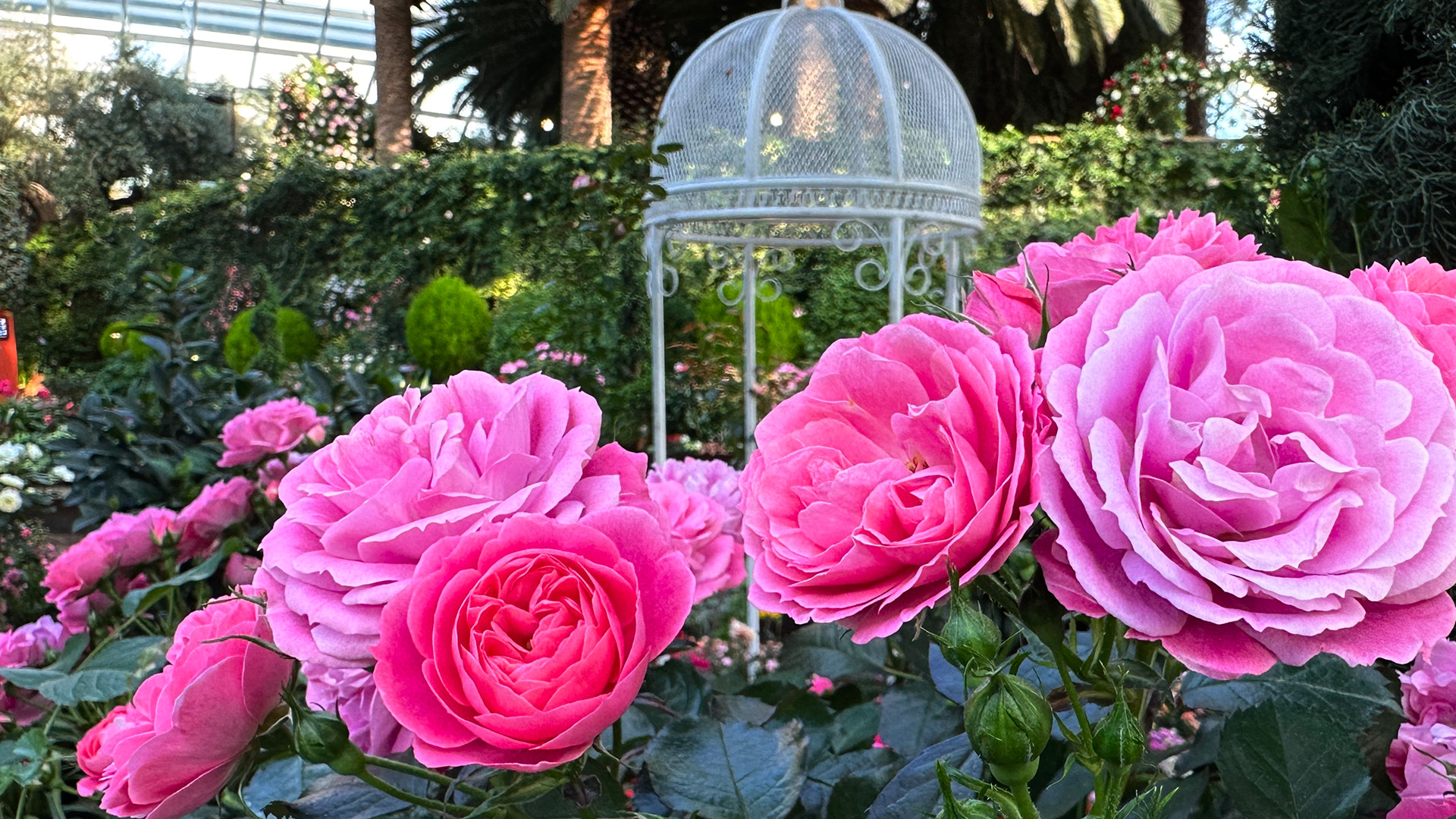
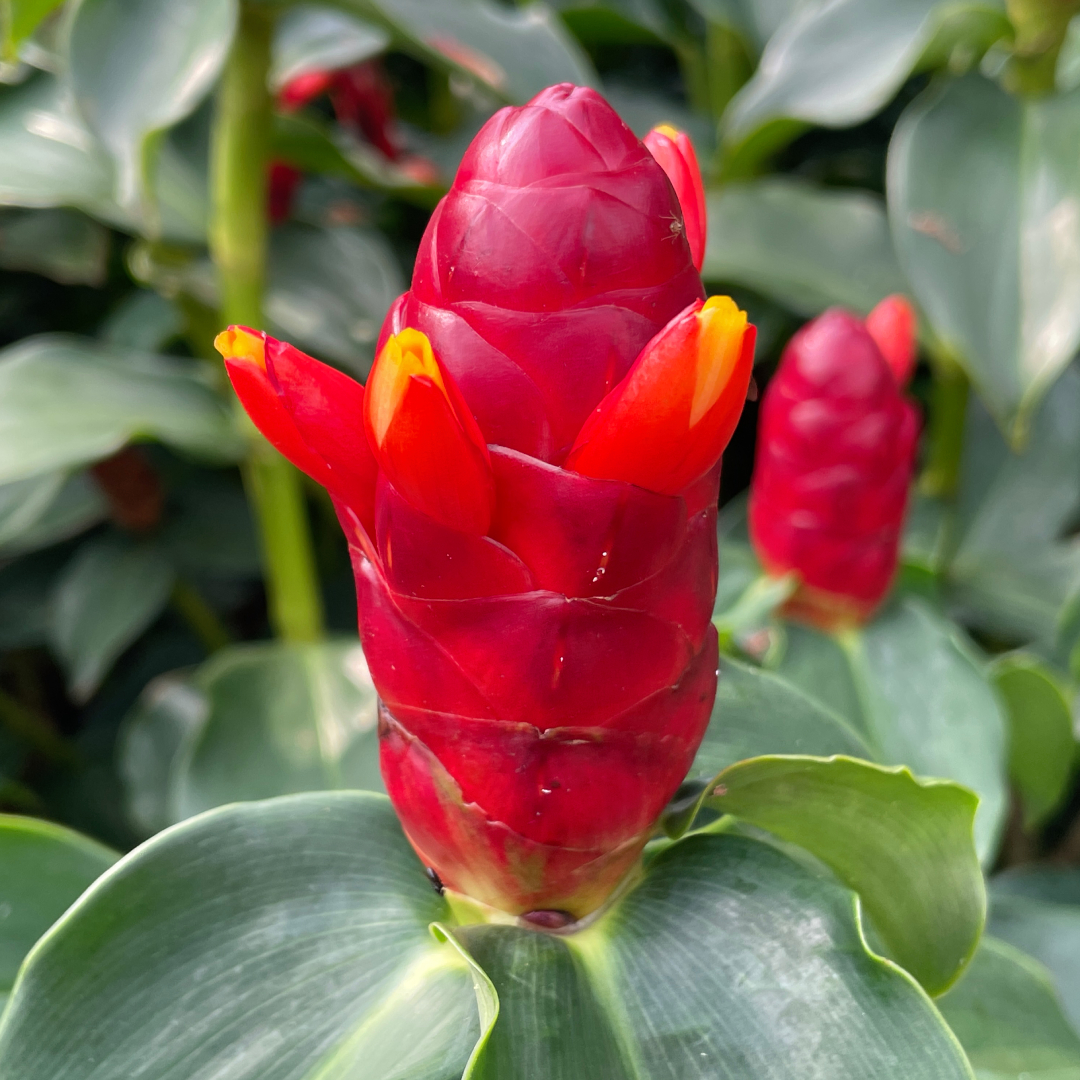
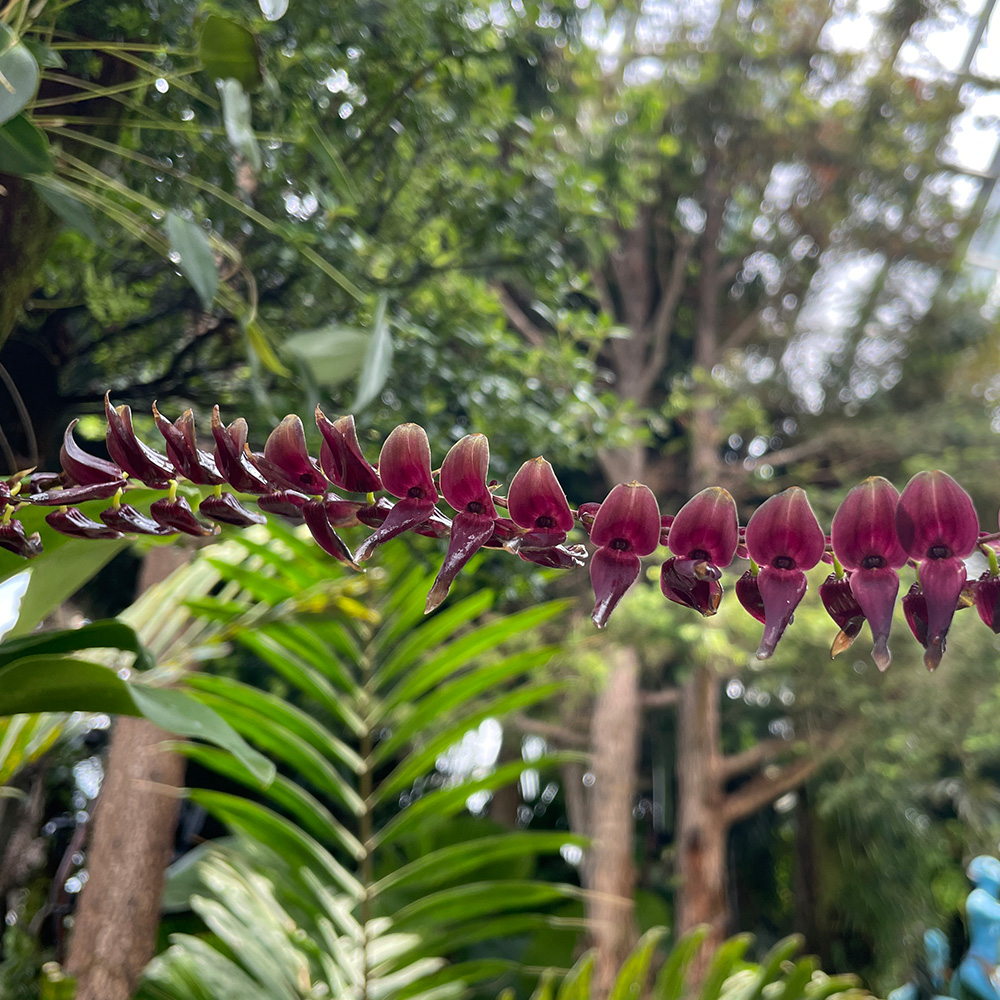
/1000x1000-thumb-whatsblooming_crescentia_cujete_Image01.jpg)